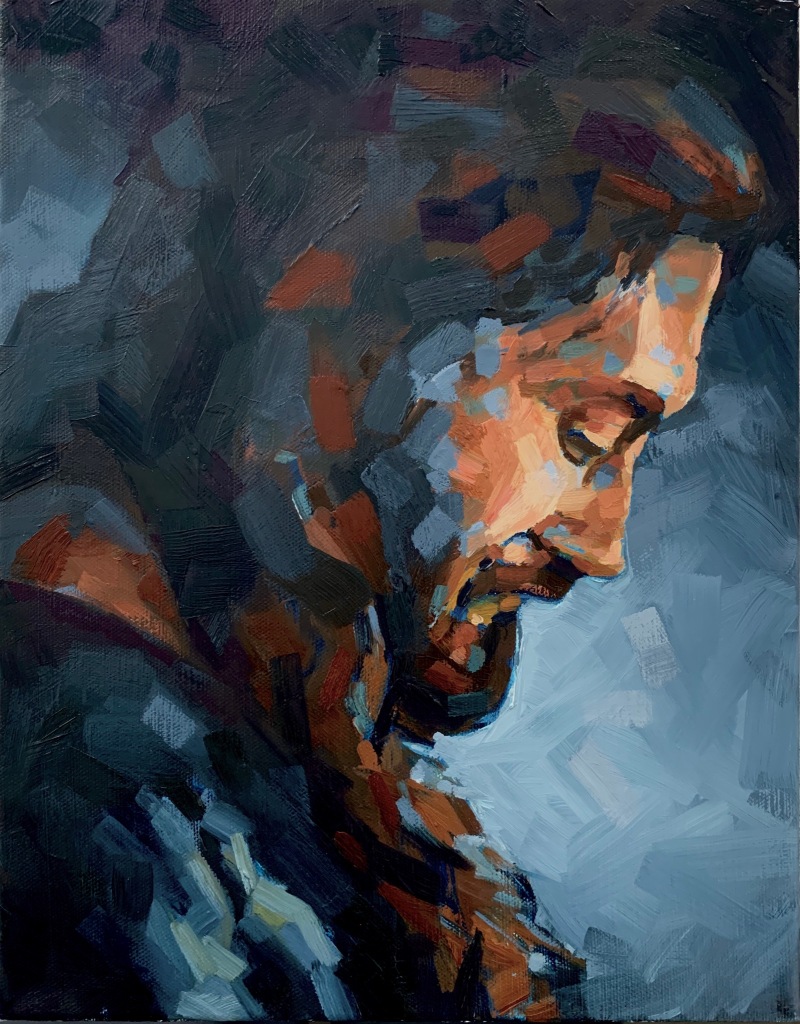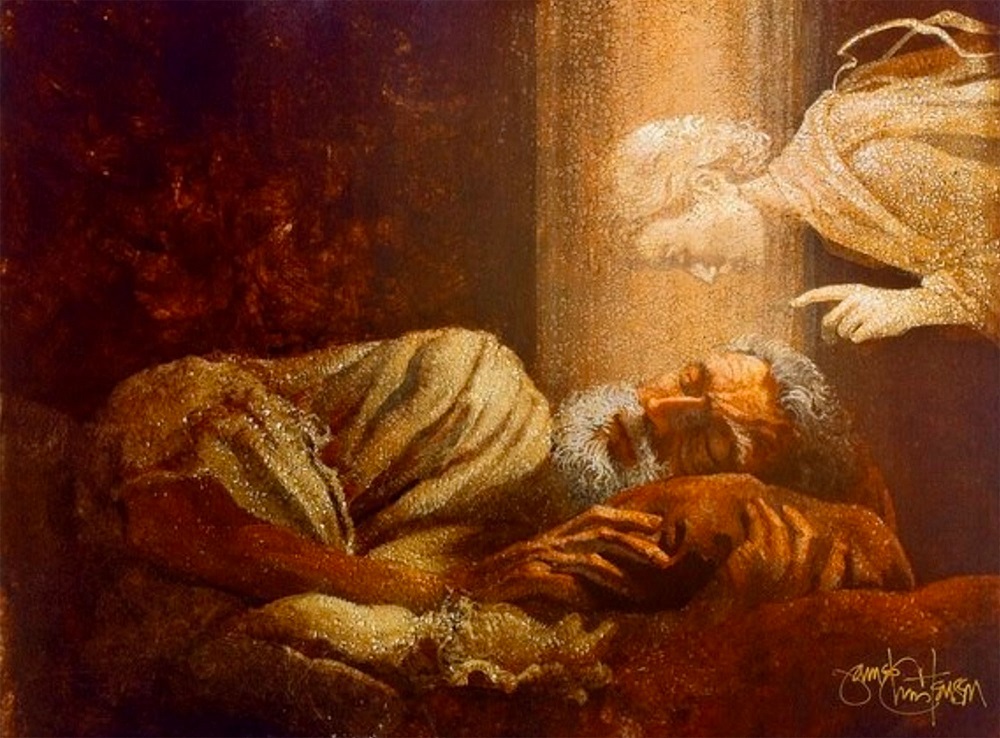
Intro, Latter-day saints are familiar with the vision, but how well do we really know it? How close have we actually read? Try my 10-question quiz. I’ll help with some references. Oh, and my quizzes are not just about getting the right answers, they’re about getting us to read more carefully and think more deeply. So don’t just find the answers, consider the implications of those answers!
Lehi’s Vision Quiz (answers below)
- How does Lehi get to the Tree? (8:4-11)
- On whom do the mists fall? (8:23-24)
- How do clingers (v24) and hold-fasters (v30) approach the Tree differently?
- What does the angel tell Nephi the Tree and the fruit represent? (11:9-22)
- Is the fountain of water filthy or clean? (11:25; 12:16).
- What element in the vision contrasts with the Tree (no reference…think!)?
- What element of the vision are L&L particularly interested in? (15:21-36)
- What additional element does Nephi later add to the vision? (2 Ne 31:17)
- How does Nephi say we must press forward along the path? (2 Ne 31:20)
- Which element represents Christ?
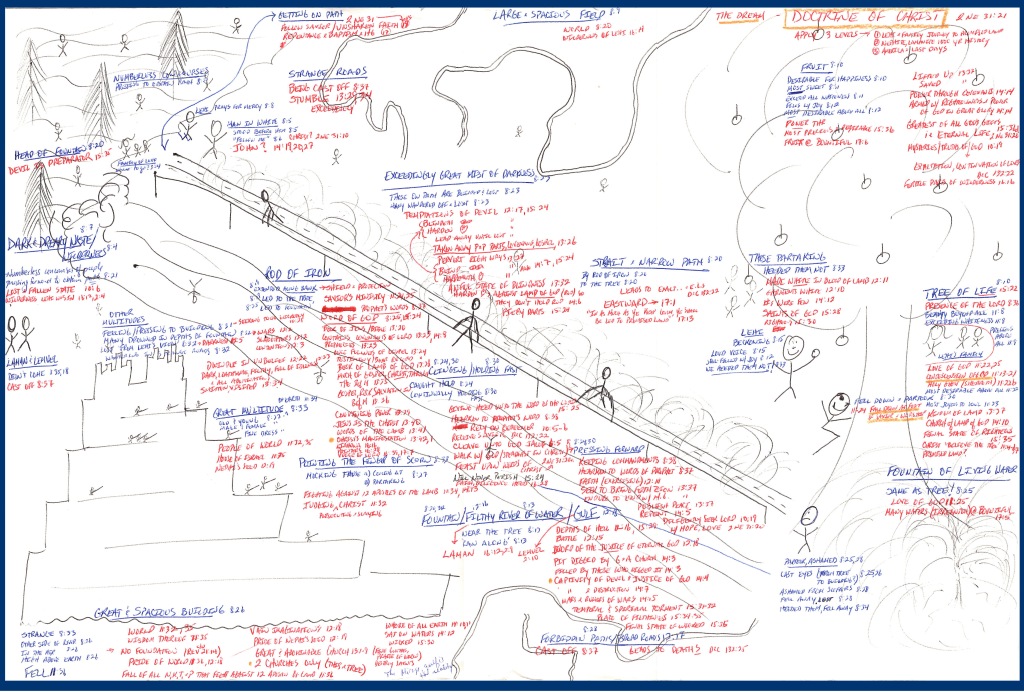
Answers
- Notably, Lehi does not follow a path or a rod. We can infer that the Man in the white robe—Christ—takes him to the tree. See Amos 3:7, from Christ to prophets to us. Prophets come before the rod, in a sense. They write the rod, or the word of God. I can envision Lehi setting out the rod for us on his way to the tree.
- The mists fall on those pressing toward the tree. See Malachi 3:14-15, where Israel complains that they suffer while the wicked prosper. It may be helpful to remember that the temptations of the adversary, symbolized by the mists of darkness, may fall disproportionately on those who are actually trying to do what is right, pressing toward the Tree.
- There are several differences, but the most notable is that those who hold fast “fall down” before the tree. And it’s not because they trip. The image is one of kneeling and worship. They recognize the tree for what, and for who, it represents. Many of us are at the tree, but our experience there may be vastly different depending on what we see and feel and recognize as we partake.
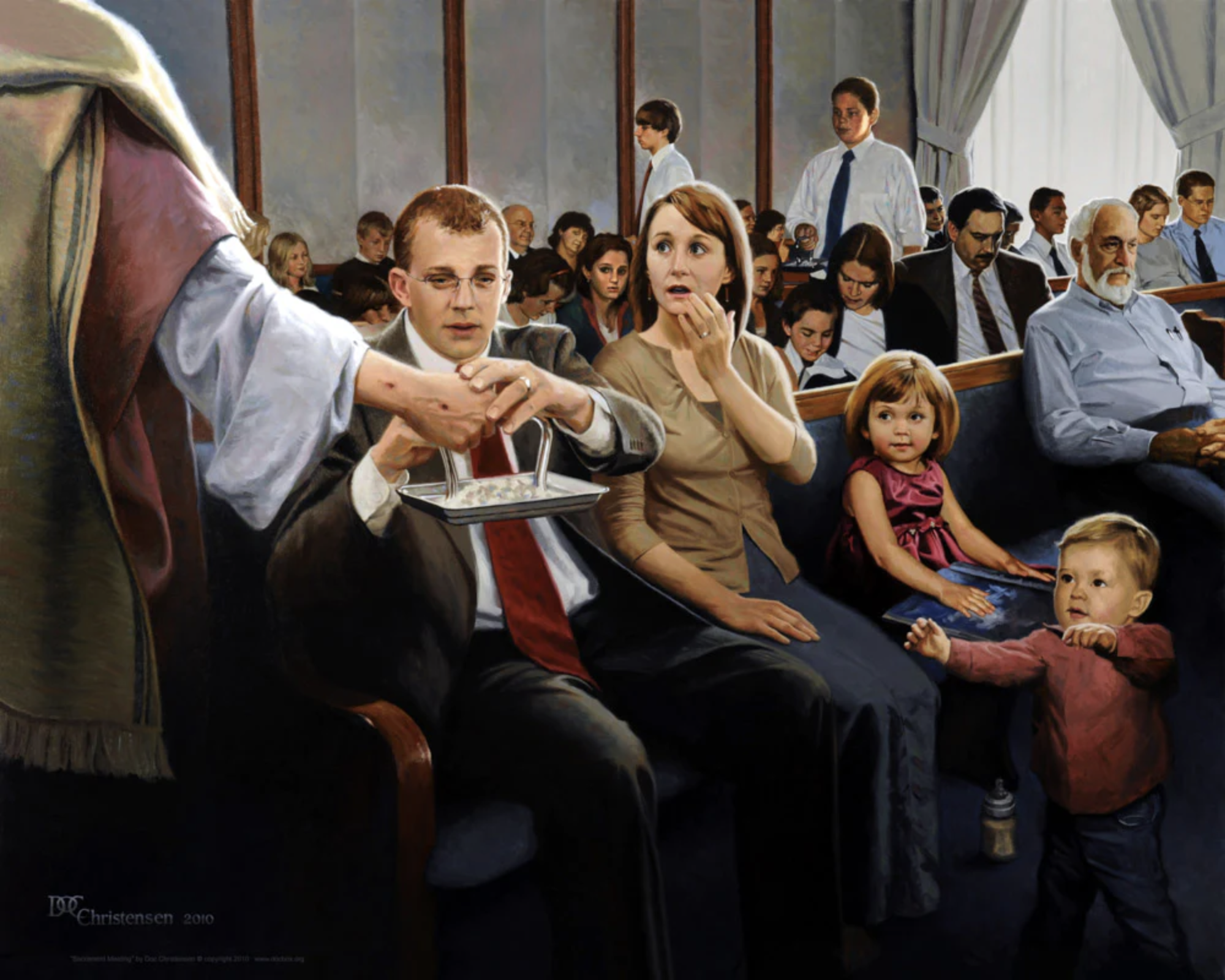
- Trick question. The angel doesn’t tell Nephi what the tree represents. He just shows him something—Mary, and the birth of Jesus. From what Nephi sees, he himself concludes that the tree represents the love of God. He realized what John the beloved realized, that God so loved the world that he gave his only begotten son (John 3:16). Would you have concluded the same had you seen what Nephi saw? What else could the Tree represent, given that vision of Mary and the birth?

- It’s both. Two fountains? Maybe. The point is that Satan is the great imitator. He’s a beast who imitates a lamb (Rev 13:11), he appears as an angel of light (2 Cor 11:14), and he performs sorceries to imitate miracles (Ex 7:11).
- Not a trick question, but a tricky question. Most answer the great and spacious building. That, however, would not be the best choice. In fact, it would be the most wrong choice, and here’s why. The tree is God, his love, his Son, and ultimately eternal life (Rev 22:2). What in the dream represents hell? The river! (15:26-29, 35-36) What is the building then? It is, as you recall, a mirage. It floats without a foundation, it’s “vain imaginations,” and many who seek it never reach it because instead, while on their way toward it, they are drowned in the river (8:31-32, it’s not coincidental that the river separates the path/tree from the building). While the building looms flashy and in your face, the river is kept hid below the ground, in the gulf, which is exactly where Satan would have it, so you can’t see it. Even Lehi doesn’t recognize the river is filthy (1 Ne 15:27). Satan wants to hide that. Here’s the point: Satan would have us think that our decisions are between a plain old fruit tree…
 …and the seductive sights and sounds of the great and spacious fraternity house.
…and the seductive sights and sounds of the great and spacious fraternity house.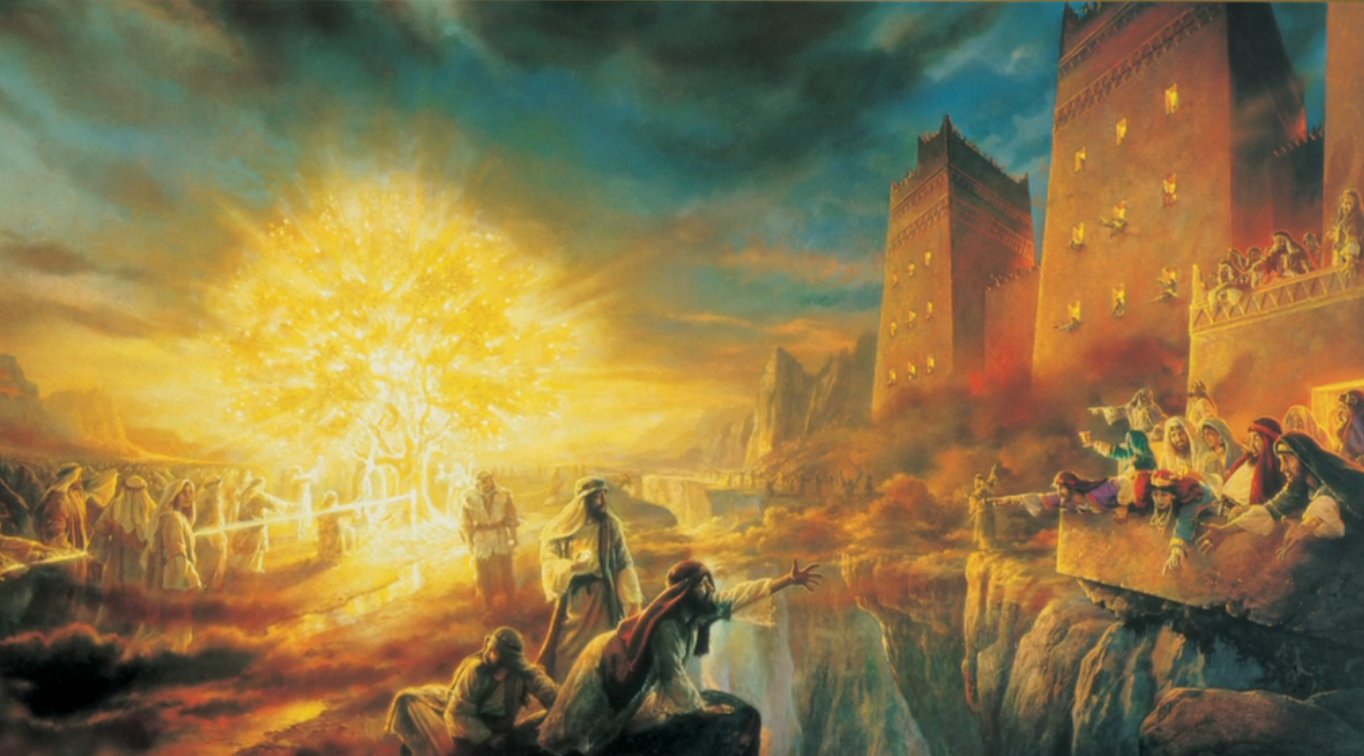 That indeed would make for difficult decisions if it were real, but it’s not. The world may offer such splendor, but it can’t deliver. It’s a mirage. Wickedness never was happiness, as the prodigal son learned. The elder brother was at the tree but pining for the building, blind to what was before him, and duped by the mirage. But his prodigal brother knew better–he went seeking for the building but ended up in a filthy stye not unlike Lehi’s filthy river. Thus the building is exactly what Satan wants us to think is the tree’s counterpart; but it’s not. The river is.
That indeed would make for difficult decisions if it were real, but it’s not. The world may offer such splendor, but it can’t deliver. It’s a mirage. Wickedness never was happiness, as the prodigal son learned. The elder brother was at the tree but pining for the building, blind to what was before him, and duped by the mirage. But his prodigal brother knew better–he went seeking for the building but ended up in a filthy stye not unlike Lehi’s filthy river. Thus the building is exactly what Satan wants us to think is the tree’s counterpart; but it’s not. The river is. - Laman and Lemuel ask briefly about the Tree and the rod, but they can’t stop asking about the river! Their focus is on how to avoid the bad; while in contrast, Lehi’s entire focus is on the Tree, so much so that he doesn’t even notice that the river is filthy (15:27). We can learn from both Lehi and Laman & Lemuel. Living life just trying to avoid the consequences of sin will get tiresome. It’s not a joyous way to live. But living as Lehi, with our eyes fixed on the Tree—on the beauties and wonders and blessings all around us, including how splendid eternal life will be—is a much more glorious manner of living. It is Peter with eyes fixed on the Savior rather than eyeing the storm. Nephi gets exasperated by his brothers’ endless questioning about the river, wondering why they never ask about the fruit! (15:36). On what do we dwell? Faith in making it to heaven or fear of ending up in hell? (Alma 5:15-18)
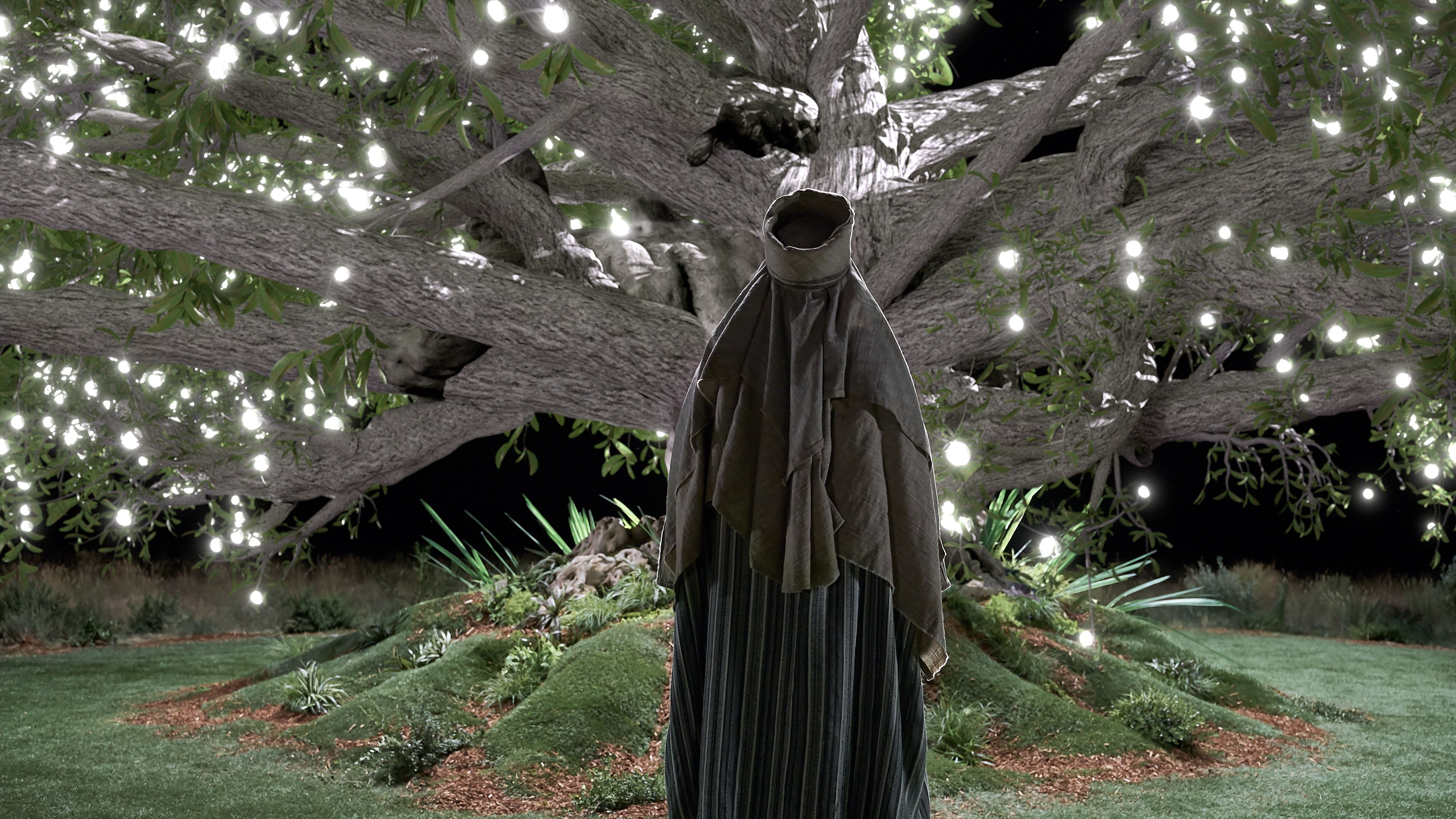
- Nephi adds a gate at the beginning of the path. It’s how we enter. It is the gate of repentance and baptism. In President Russell M. Nelson’s framing, it’s a path we only enter through covenant—it’s a covenant path.
- Straight-forward answer, if you read the verse–with steadfastness in Christ, a perfect brightness of hope, a love of God and of all men, feasting upon the word of Christ, and enduring to the end. No trick here, but what I want us to see is how the vision becomes the foundation for many later discourses in the Book of Mormon, though we may miss it if we don’t recognize the language borrowed from the vision.
- All of them—Tree (11:4-21; John 15:1-7.); Fruit (John 6); Rod (11:25; John 1:1; 5:39); Path (Jn 14:7); Fountain (Jn 4:14; 7:37-38); River/Gulf/Sword/Justice (12:18); Mists (Is 6:9-10; Mt 13:10-17). In fact, it appears that Christ is just about everything except the great and spacious building, which is a mirage after all.
Something To Look Forward To: Lehi’s vision becomes the foundation for many later discourses in the Book of Mormon, for example (and this list is only representative):
- Nephi uses the vision as the basis for his prophecy about the future of the Promised Land, such as the idea that the mists represent the plain and precious truths removed from the Bible and the Book of Mormon as the rod which restores those plain and precious truths (1 Ne 12-14).
- Nephi uses the vision as the basis for teaching the Doctrine of Christ (2 Ne 31).
- Alma uses the vision as the basis for teaching faith, with a fascinating take on the Tree being something we must grow within us, not just walk to (Alma 32). Note in Alma 32:40-43 that the Tree is seen gradually, sort of like the mist of darkness which would block the view of the Tree. One must trust the ‘voice’ of the prophet and the his word/rod that they will indeed lead us to a fruitful Tree. Thus our faith is rewarded, as Alma describes. This seems appropriate since the people might have simply gone to the tree if it really was that brilliantly white and delightsome, but the idea is that while it is such, it is blocked by the mist; thus the necessity of faith until one arrives there and sees and partakes. I suppose also that one would get periodic glimpses of the Tree through the haze.
- All the prophets teach the idea that the Law of Moses points us or leads us (as the path and the rod) to Christ (the Tree). (Jacob 4:4-5)
- And so many more…
Great Activity: The four groups who walk toward the tree in this chapter can be compared with with the four groups in the Parable of the Sower (Matt 13), or with the four groups described in D&C 76 (three degrees of glory and outer darkness). I’ll let you do the work though and not include those comparisons here ;).
Take-Away For Parents: Back to the beginning, vs3-4, Laman and Lemuel, I fear exceedingly because of you… Did Lehi have to conclude that Laman and Lemuel would somehow be lost? It struck me that Lehi could also have concluded from his dream that he needed to do things differently in parenting them. He beckoned Laman and Lemuel from the tree (vs17-18), but what if he had left his family at the tree and gone back to walk with them?
